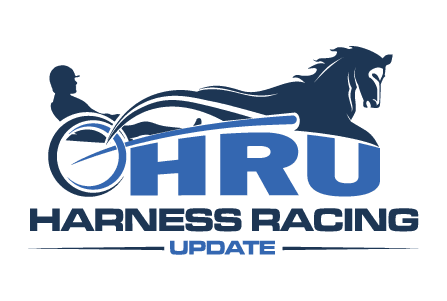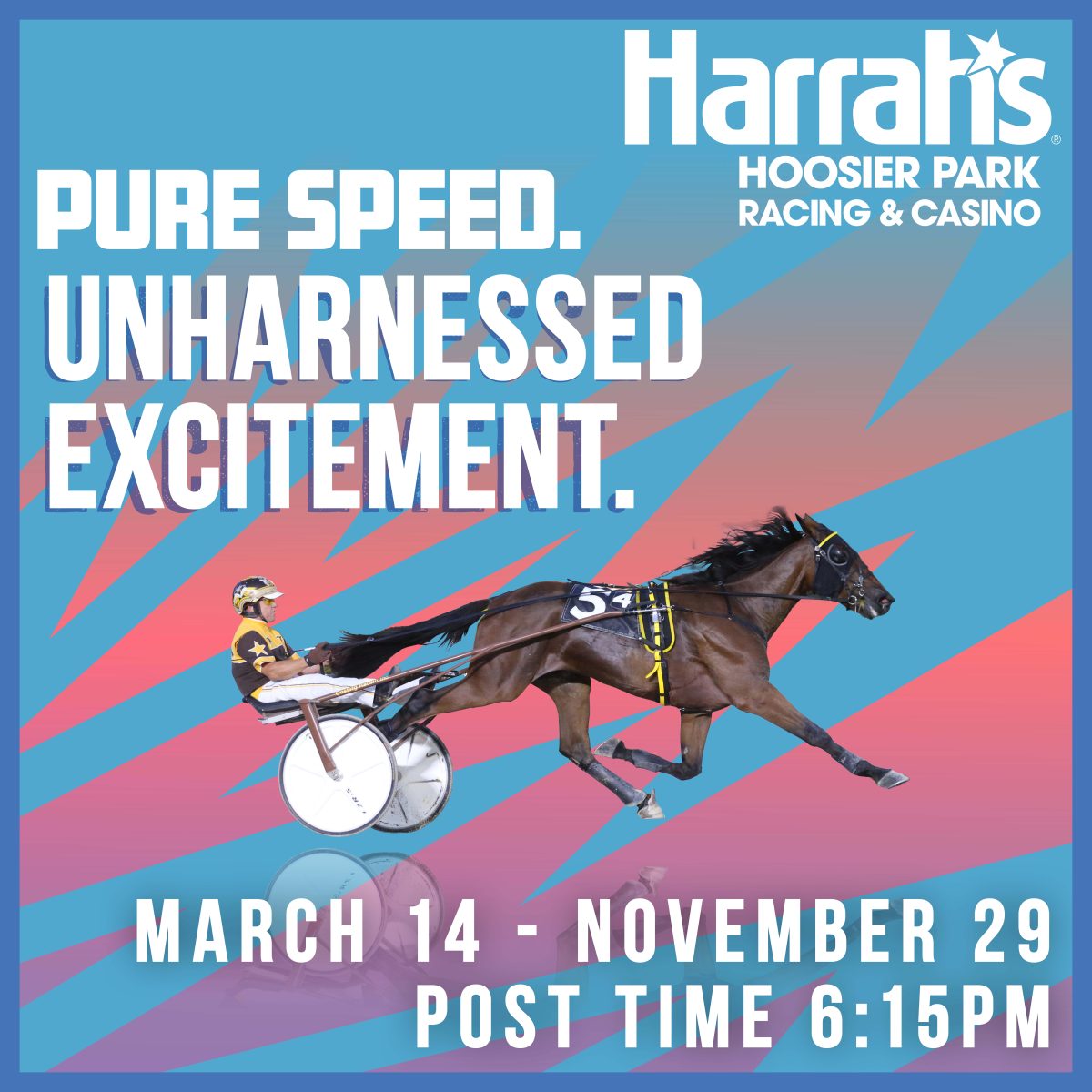Green Lighting
by Trey Nosrac
A few weeks ago, before the world changed, my friend slid into the passenger seat of the Lexus and said, “One thing that I find truly great about your sport is that anyone can be an independent contractor. You don’t need permission to take a shot on the racetrack. Sure it’s a longshot, but in the real world of creative endeavors, and plenty of other worlds, the little guy never gets on the track.”
I nodded and agreed, “I’m CEO of Trey Inc. Every time I buy a yearling or try to raise a yearling to sell, even when I gamble on the horses, I call the shots. Despite my obvious fiscal debacles, each independent enterprise is very liberating.”
He nods, “In the real world, if you write a book, a screenplay, or paint a masterpiece, your odds are astronomically high of even getting a legitimate agent. Without an agent, getting the ear or the eye of an organization, or finding funding is extremely difficult. For the last 10 years, I worked in content at a massive conglomerate. I crushed dreams. My job often involved giving thumbs down on what I know were years of effort.”
“Dream crusher. No wonder you retired early.”
He tapped an index finger on his phone and then said, “I emailed you a file.”
I heard the ding in the cupholder as the file slipped into my phone. “File about what?” I asked.
“A pitch from a few years ago. I believe you will find it interesting. About half of the scenes involve harness racing from 50 years ago.”
“C’mon man. Seriously. Someone pitched a movie with harness racing?”
“Harness racing was one of several threads, and the pitch was for a series, not a movie.”
“Will it ever get made?”
He shrugged, “It has a faint heartbeat, but it’s swimming upstream. Once upon a time, a quirky project like this might be greenlighted and sent out to create an audience. These days, they start with the market and create products to fit. The decisions are primarily about analytics. The people who pitched this did not have enough data, and data is king.”
“Kinda takes the fun out of things.”
“Social research and data mining are deadly. You watch a TV show, listen to music, tune into your news, choose a politician. Ninety-nine percent of the time, you get what they know you want, and they keep feeding you what you want. We are turning into a world of thousands of pre-packaged silos.”
I tapped my phone, “Give me a sneak preview.”
“The lead character is an old man who is suffering from Alzheimer’s. During his lucid periods, he reflects on his life and adventures to a young couple who visit him.”
“Alzheimer’s? Phew, that’s a rough subject for entertainment.”
“The project is historical fiction, about a man who spent his life with horses and on the racing circuit.”
“What did the people with the juice think about it?”
“We liked the idea that it was not one and done. Each chapter was a stand-alone with plenty of angles for audiences, romance with the modern couple, struggles of the Alzheimer’s patient, sports, horses, and history. There were a lot of toeholds. The racetrack patient telling his recollections to the visiting couple was the entrance to each new story.”
I said, “Sounds as though the Alzheimer’s mind acts as Harry Potter’s Train to Hogwarts, or the Delorean in Back to the Future, or the closet that leads to Narnia.”
“Whoa, you know your movies. Some episodes are in the present, in real-time. Others are when the patient describes his past adventures. One of the ideas was that the flashbacks appear in black and white.”
“How does it work? How does a big company decide if a script is a go or a no go?”
“A long road. You may be able to enter into the horse racing business tomorrow, but my world is an insular fortress. Since this project arrived at my level, it already had a few thumbs up along the way. Our legal department had a hold on the rights. I was part of a panel of four who sat in on a table reading.”
“How do you work? Ouija board?”
“The structure is flexible. We usually begin with a short introduction from the agent. Then, using professional actors, we listen to readings of scenes. We can have side chats between scenes. We can take home summaries, and re-read the script. We can listen to the audio playback on files like I just sent you. Eventually, we each submit a checklist. A high enough score will send it to analytics.”
I sighed, “Compare this to my last project. I got a free sales catalog, borrowed money, drove to Harrisburg, and raised my hand. Bingo. Greenlighted.”
He said, “The file I sent you has a script, some photos, and an audio file. Different people absorb things differently. Some people like reading scripts, others don’t. If you don’t want to read a movie script, you can listen to the scenes on your phone or I pad. I usually do both at the same time.
Hoofprints in Fog
Writer – Theodore Nelson
Agent – Richard Murray (MCA)
Agency – Seven Seas Production Association
6/12/2016
11 AM – Cranberry Pod, Third Floor, Main Campus
Readers; John Buser, Cat Kenney, Michael Frye
*Originally written as a theatrical play. DJ Mortenson of MCA suggests the Alzheimer’s segments beginning with scene 2 filmed dramatically as a segue to historical events.
SCENE 1
Mandy and Ryan, an unmarried couple in their twenties, reside in the suburbs of Detroit. Ryan is a pharmacist, pleasant looking, and reflective. Despite growing up in a dysfunctional family, he has made good choices. Mandy, attractive, is constantly checking her cell phone. She is immature, moody, and currently working as a beautician assistant. She is pushing Ryan to allow her to move into his apartment. Ryan is resisting.
It is late afternoon in a small room in the Alzheimer’s wing of an assisted living facility. Ryan sits in one of two matching green plastic chairs, a small table between them. Their chairs pinch inwards and face a hospital bed. In the bed is a sleeping patient. The frail patient, a former horse trainer, is levered to an angle halfway between laying and sitting.















